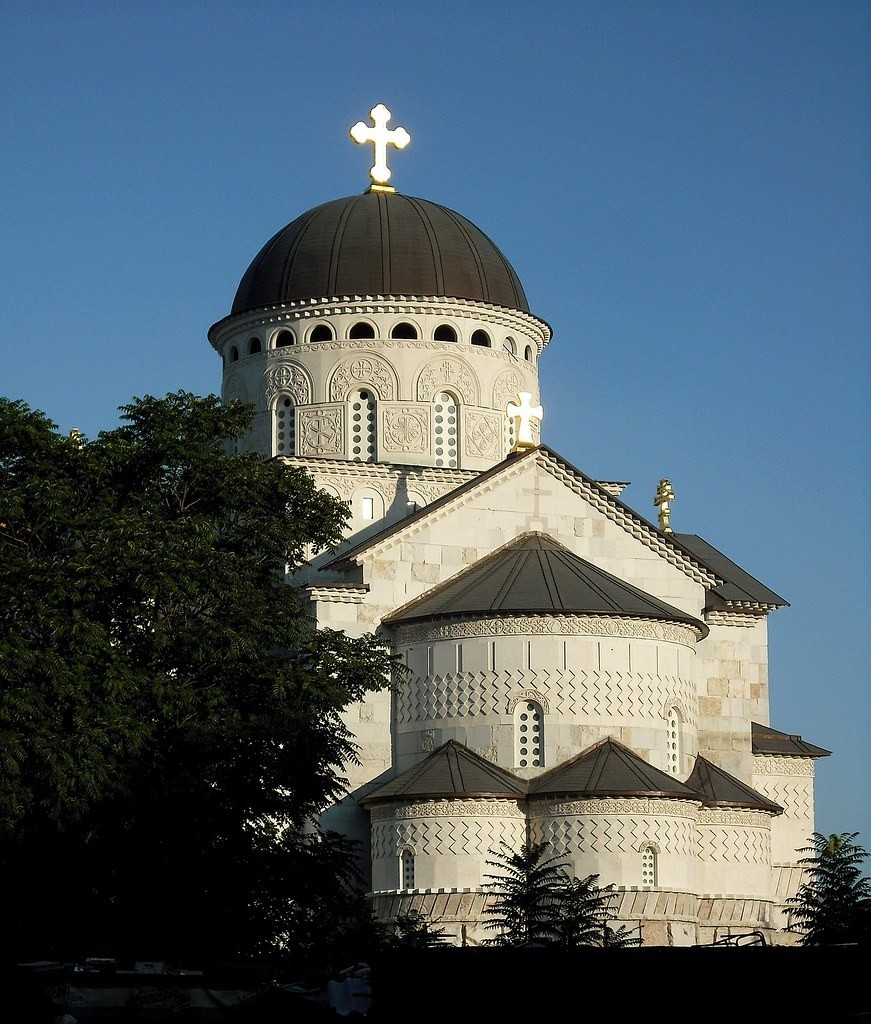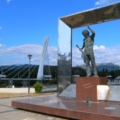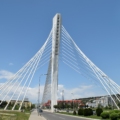The Cathedral of the Resurrection of Christ, also known as Saborni Hram Hristovog Vaskrsenja in Montenegro, is a superb example of Orthodox church architecture and has deep religious significance. Join us in this blog post as we take you on an enlightening journey through the cathedral’s captivating history, strategic location, compelling reasons to visit, integral role in the local community, essential planning tips, and noteworthy aspects to keep in mind while exploring.
History of the Cathedral of the Resurrection of Christ
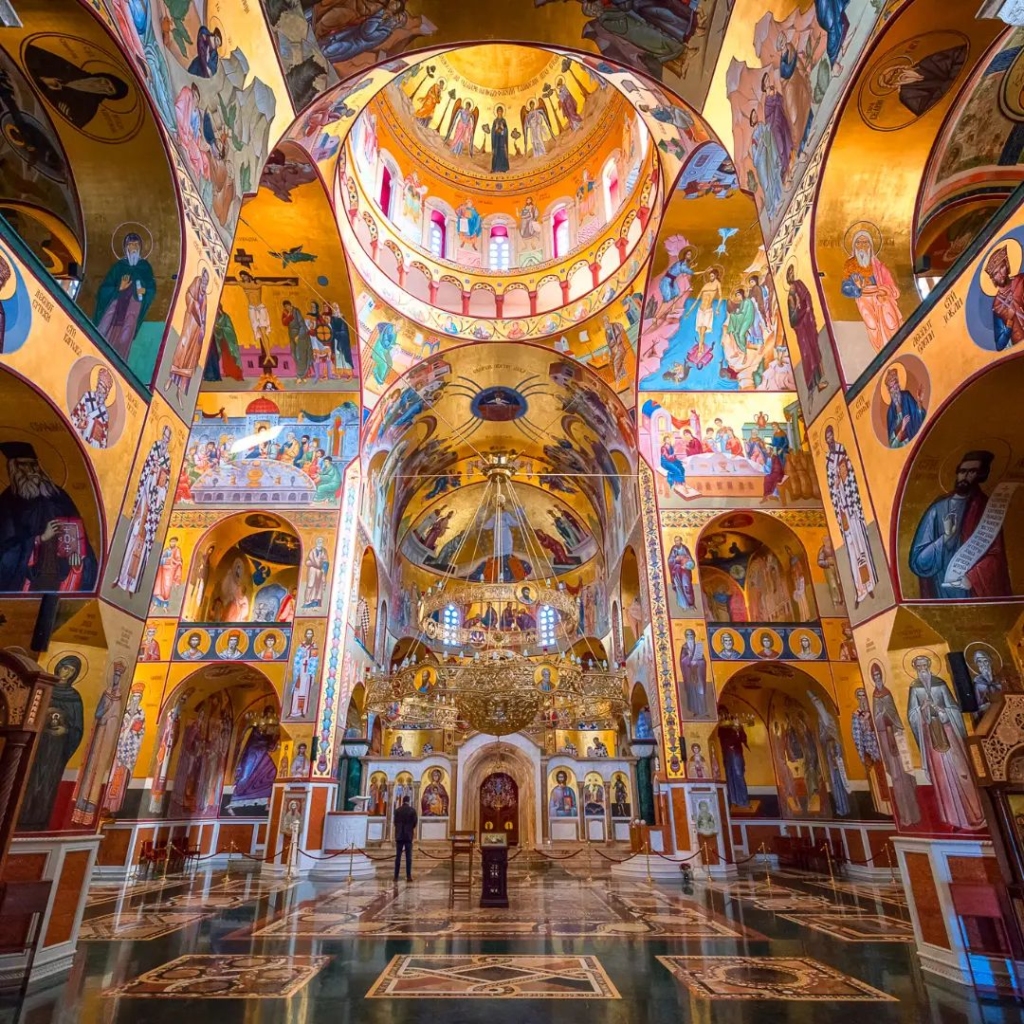
The Cathedral of the Resurrection of Christ, a Serbian Orthodox church in Montenegro’s capital city of Podgorica, was consecrated in 2013, after a 20-year-long construction period. The original cathedral was built in 1869, but it was destroyed and rebuilt several times over the years. With its large dome, white stone towers, and gold crosses, the Cathedral is a striking addition to Podgorica’s skyline. The Cathedral’s exterior is particularly noteworthy for the contrast between roughly hewn stone at the bottom and intricately carved details above.
Upon entering the Cathedral, visitors are greeted by a magnificent spectacle: soaring chandeliers suspended from the lofty ceiling, and an awe-inspiring display of gilded frescoes adorning the walls and ceilings.
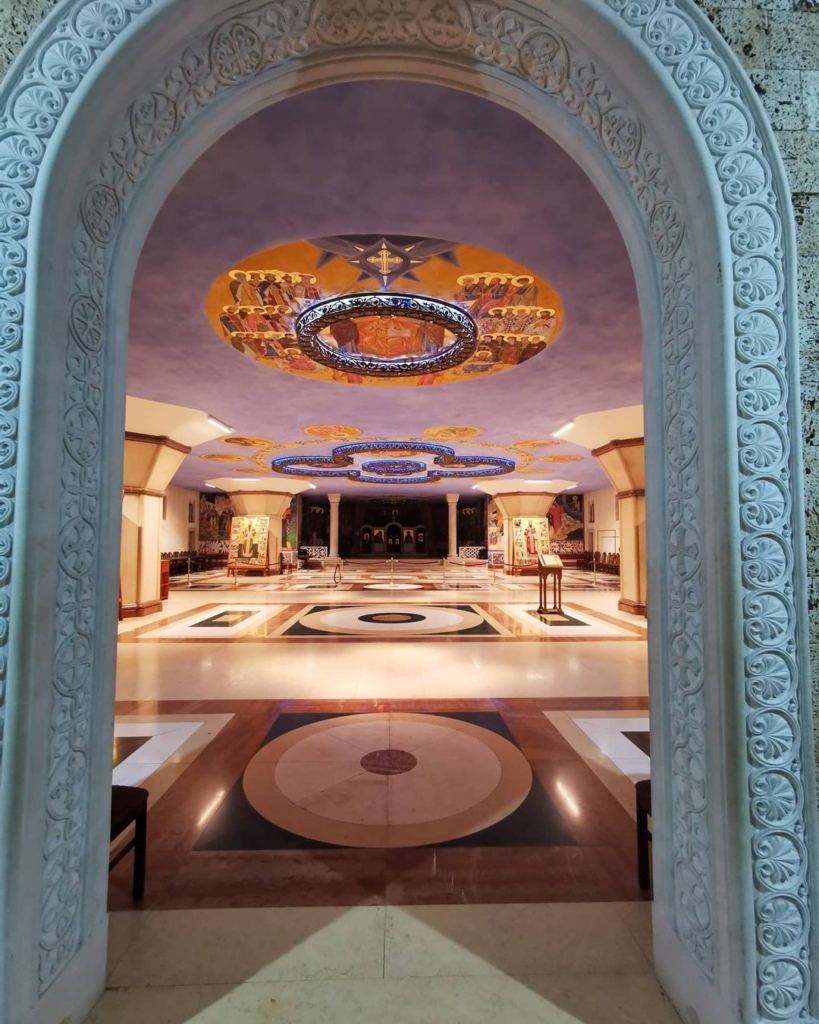
However, one particular image in the apse above the entrance has sparked controversy in the past. The depiction of Tito, Karl Marx, and Friedrich Engels in the flaming depths of hell has sparked debate. Nonetheless, the Cathedral remains a stunning and culturally significant holy sanctuary that visitors to Montenegro should not miss.
The cathedral serves as the seat of the Metropolitanate of Montenegro and the Littoral, one of the most important religious institutions in the country
Location of the Cathedral of the Resurrection of Christ
The Cathedral of the Resurrection of Christ is located in the heart of Podgorica, the capital of Montenegro. Its imposing architecture is a prominent feature of the city’s skyline, and it’s easily accessible by public transport or on foot.
Reasons to Visit the Cathedral of the Resurrection of Christ

The Cathedral is a remarkable example of religious architecture, and its stunning frescoes and iconography are not to be missed. The interiors of the Cathedral of the Resurrection of Christ are truly stunning and provide a visual treat for all visitors, especially those who appreciate art and religious iconography. The artistic decoration inside the Cathedral is breathtaking, with intricate details and vivid colors that are sure to leave a lasting impression.
Since the Cathedral is relatively new, the details of its interiors are particularly bright and clear, which only adds to its appeal. Additionally, the Cathedral also hosts a large stone sculpture gallery, which is another notable attraction that visitors won’t want to miss.
In addition to the Cathedral itself, visitors can also admire the statues that surround the building. One of the most prominent statues is that of Saint Petar Cetinjski, a revered Montenegrin saint and poet, which stands at the entrance to the Cathedral.
Saint Petar Cetinjski was an exceptional monk who stood out for his spiritual understanding and constant devotion. He was born in Montenegro and rose to prominence for his profound faith and great piety. He rose to prominence in the Serbian Orthodox Church and spent many years as the respected abbot of the Cetinje Monastery. However, Saint Petar Cetinjski’s influence extended far beyond the monastery, touching the lives of many people who were inspired by his unshakeable devotion to God. Today, he is honored as Montenegro’s patron saint, a timeless emblem of the immense influence that a life of selfless service can make.
Interested in exploring the spiritual and historical tapestry of Montenegro? Don’t miss this comprehensive guide on the Top Ten Monasteries and Churches to Visit in Montenegro. From the gravity-defying Ostrog Monastery to the serene Savina Monastery overlooking the Bay of Kotor, this blog post is a treasure trove for anyone intrigued by the intersections of spirituality, culture, and architecture.
Local Importance of the Cathedral of the Resurrection of Christ
As mentioned earlier, the Cathedral is an important religious site in Montenegro, serving as the seat of the Metropolitanate of Montenegro and the Littoral. The Cathedral also holds a significant cultural significance to the Montenegrin people, serving as an emblem of their national identity.
How to Visit the Cathedral of the Resurrection of Christ
The Cathedral is open to visitors every day from 8 am to 8 pm, with free admission, but visitors should adhere to the dress code and other rules when entering the Cathedral.
Photography is allowed, but be respectful of other visitors and refrain from taking photos during religious ceremonies.
Things to be Aware of During Your Visit
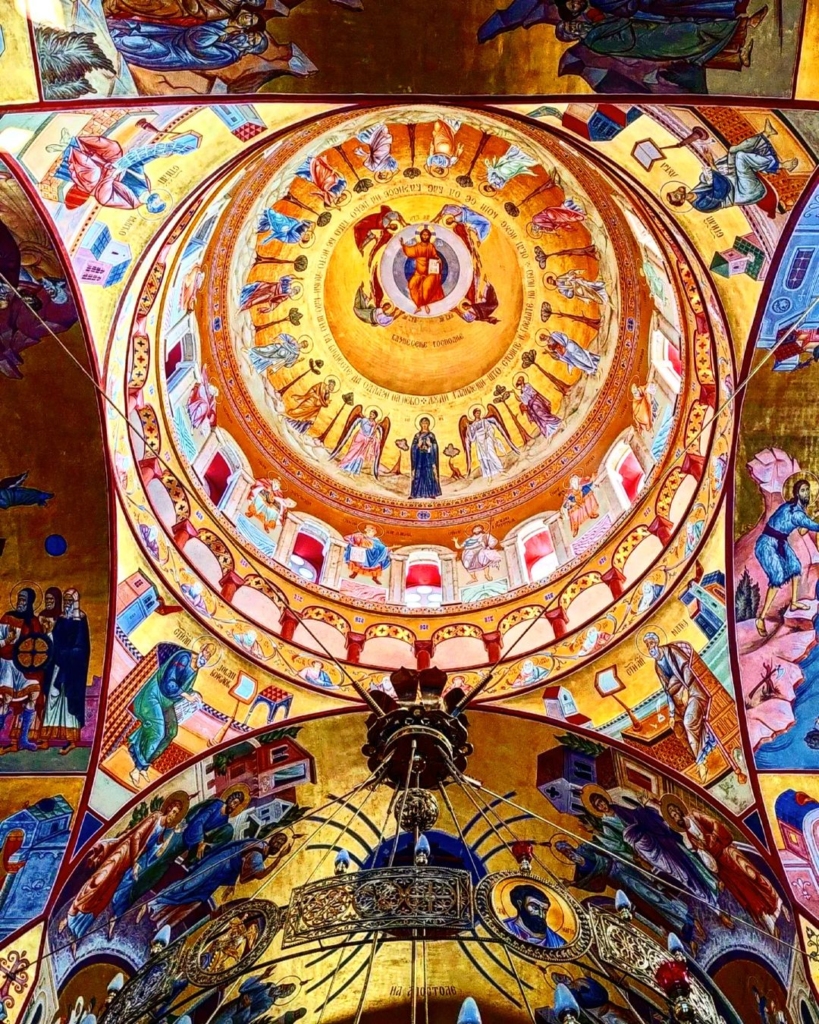
When visiting the Cathedral, please respect the site’s religious significance, especially during religious ceremonies. The Cathedral is a sacred location, thus guests should dress modestly, with their knees and shoulders covered. Visitors should also be informed that the Cathedral is closed for religious ceremonies, so check the schedule before visiting.
Conclusion
The Cathedral of the Resurrection of Christ is a must-see attraction for visitors to Montenegro, and an important religious site for the local Orthodox Christian community. With its beautiful frescoes, grand architecture, and cultural significance, the Cathedral is an unforgettable experience for anyone visiting Montenegro.

